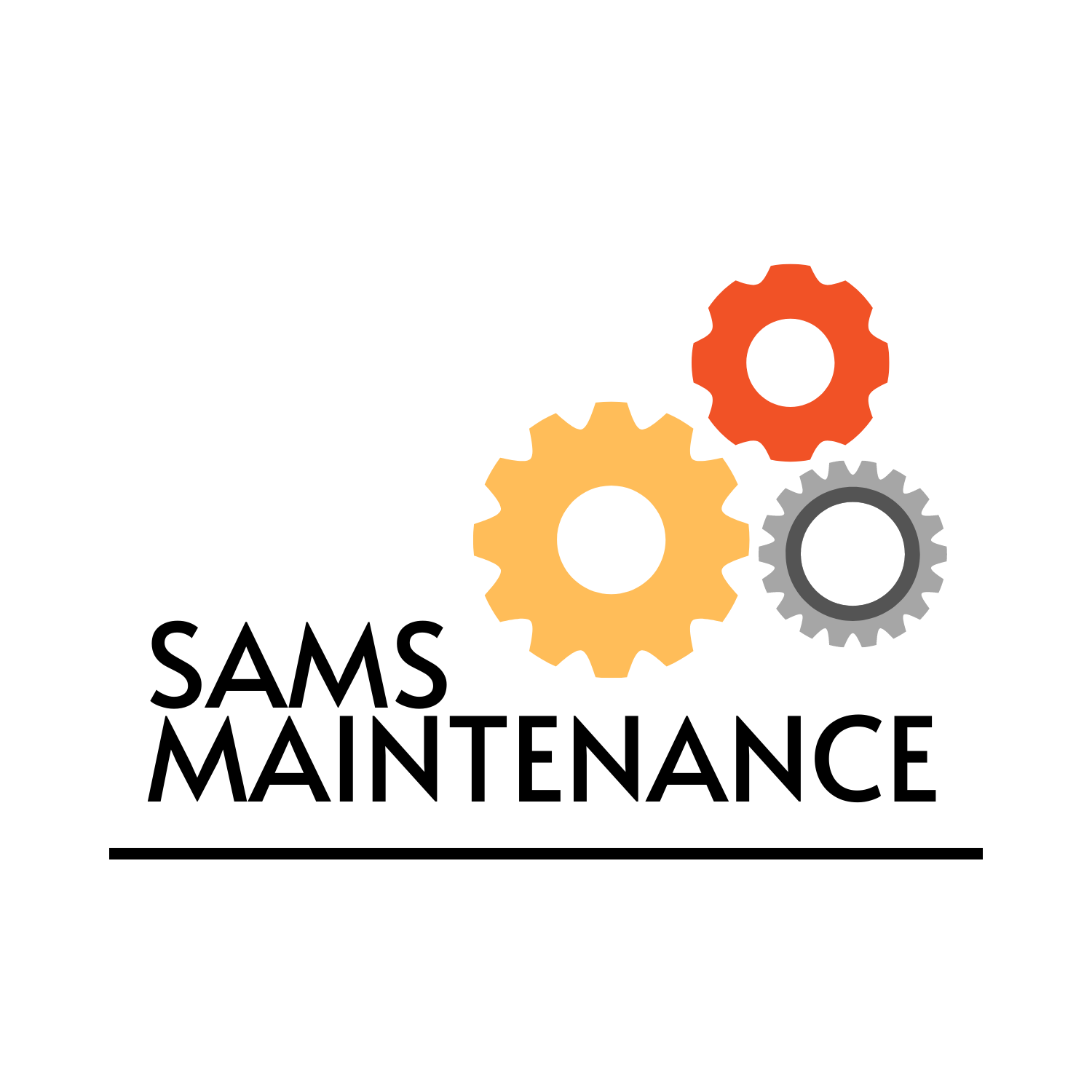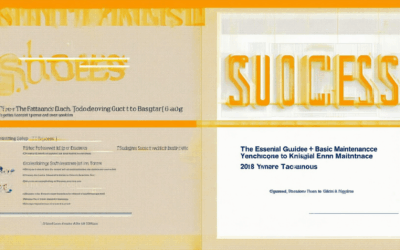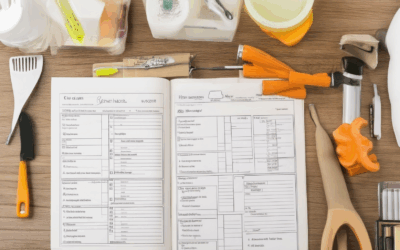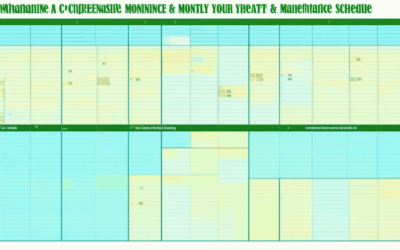Keeping your home in top shape doesn’t have to be overwhelming when you’ve got a clear plan in place. Whether you’re a seasoned homeowner or new to the game, mastering the basics of home maintenance is key to preserving its value and ensuring long-term functionality. From routine checks to proactive measures, this guide dives into the essential tasks every homeowner should know. Discover how a well-organized basic home maintenance checklist can save you time, money, and stress in the long run. With our comprehensive approach, you’ll learn how to create a personalized schedule that fits your lifestyle while addressing the unique needs of your property. Don’t wait until problems arise—stay ahead of the game with actionable tips and insights designed to make home maintenance effortless. Let’s walk through the fundamentals, explore common tasks, and equip you with tools to keep your home in peak condition year-round.
Key Takeaways
– Comprehensive Home Maintenance Checklist: Prioritize essential tasks like inspecting foundations, checking floors, cleaning bathroom grout, and maintaining appliances to ensure your home stays in top shape.
– 1% Rule for Home Maintenance Planning: Set aside 1% of your home’s purchase price annually for unexpected repairs, a strategy that helps prepare financially for ongoing upkeep.
– Seasonal and Routine Tasks: Tackle seasonal chores like raking leaves and preparing for winter, while also addressing daily and monthly maintenance to prevent minor issues from becoming major problems.
– Fire Safety and Emergency Preparedness: Test smoke detectors, familiarize yourself with fire extinguishers, and stay informed about local safety guidelines to protect your home and family.
– Efficient Budgeting and Tracking: Create a maintenance budget, track expenses, prioritize repairs, and consider insurance options to manage home upkeep effectively.
– Stay Organized with Tools and Technology: Use checklists, smart home systems, and apps to schedule reminders, document maintenance history, and stay updated on best practices for home care.

Basic Maintenance of a House
The basic maintenance of a house involves routine tasks that ensure the property remains in good condition, prevents costly repairs, and maintains its value. Here’s a breakdown of essential tasks:
- Gutter Cleaning : Clean out gutters twice a year to prevent blockages and water damage. Check for missing or damaged parts and ensure downspouts are clear.
- Exterior Inspections : Look for peeling paint, cracked siding, or loose shingles. Address these issues promptly to prevent further damage.
- Roof Checks : Inspect the roof for missing tiles, sagging areas, or visible wear. Consider hiring a professional for safety and accuracy.
- Window and Door Exams : Check for cracks, gaps, or damaged frames. Replace old or worn-out screens and weatherstripping to improve energy efficiency.
- Siding and Foundation : Look for signs of foundation movement or unevenness. Inspect walkways and patios for cracks or trip hazards.
- Landscaping : Trim trees and bushes, remove dead leaves, and ensure grass is cut regularly. Maintain clean gutters and drain systems.
- Appliance Checks : Test smoke detectors, carbon monoxide alarms, and fire extinguishers. Schedule regular servicing for HVAC systems and appliances.
- Plumbing System : Check for leaks under sinks, around pipes, and near fixtures. Run water through all faucets to detect slow drains or clogs.
- Electrical Systems : Inspect outlets and switches for warmth or flickering lights. Replace outdated wiring and ensure all electrical components are functioning properly.
- Heating and Cooling Systems : Clean or replace air filters monthly and schedule professional inspections for ductwork and vents. Program thermostats for energy efficiency.
- Water Heater and Pipes : Check for rust or corrosion on pipes and test the water heater for proper function and temperature settings.
- Attic and Crawlspace Inspections : Look for pests, moisture issues, or structural problems. Seal leaks and repair any damage to prevent further deterioration.
By staying proactive with these maintenance tasks, homeowners can extend their home’s lifespan and enjoy a safer, more comfortable living environment. Regularly scheduled check-ups and minor repairs can save money in the long run and preserve the home’s value.
What is a Typical Maintenance Task?
A typical maintenance task involves regularly inspecting, cleaning, and servicing equipment or systems to ensure optimal performance and longevity. Common tasks include:
- Lubrication : Applying lubricants to moving parts to reduce friction and prevent wear.
- Cleaning : Removing dirt, debris, or obstructions from machinery or surfaces to maintain functionality.
- Inspection : Checking for signs of damage, wear, or malfunction to address issues early.
- Replacement : Replacing worn-out components, such as belts, filters, or bearings, to maintain efficiency.
- Testing : Ensuring safety equipment, like alarms or emergency exits, are functioning properly.
These tasks are essential for industries ranging from manufacturing to residential care, helping to extend equipment lifespan and minimize downtime. At Sams Maintenance, we specialize in providing detailed guides and expert advice to help homeowners and professionals manage routine tasks effectively. Our resources cover everything from DIY repairs to seasonal upkeep, ensuring your property stays in great shape year-round.
For more insights, explore our maintenance tips and projects designed to empower you with the knowledge needed to tackle home improvements confidently. Whether you’re dealing with plumbing, HVAC systems, or yard work, our guides offer practical solutions tailored to your needs.
If you’re looking for additional resources, consider visiting Sams Maintenance or exploring other reputable maintenance service providers for specialized advice.

What is Basic Routine Maintenance?
Routine maintenance refers to regularly scheduled tasks aimed at preserving the functionality and longevity of various systems, equipment, and structures. It involves checking, inspecting, and performing necessary actions to prevent malfunctions and ensure optimal performance.
Why is Routine Maintenance Important?
- Extends Equipment Life: Regular checks can catch potential issues early, reducing the risk of costly repairs later.
- Saves Money: Preventive maintenance often costs less than fixing broken equipment or systems.
- Ensures Safety: Many maintenance tasks are critical for safety, such as checking electrical systems or inspecting gas lines.
- Prevents Unexpected Breakdowns: By addressing problems before they escalate, you can avoid unexpected downtime.
Types of Routine Maintenance
- Property Maintenance: Tasks like checking for leaks, examining the roof, and ensuring proper functioning of HVAC systems.
- Appliance Maintenance: Cleaning, lubricating, and testing appliances for proper operation.
- Vehicle Maintenance: Regular oil changes, tire rotations, and checking fluid levels.
- Equipment Maintenance: Servicing tools and machinery, such as lawn mowers and pressure washers.
How Often Should Routine Maintenance Be Performed?
- Daily Checks: Quick visual inspections for obvious signs of wear or damage.
- Weekly Inspections: More thorough examinations, such as checking for leaks or debris buildup.
- Monthly Services: Tasks like changing air filters, testing smoke detectors, and reviewing utility bills.
- Yearly Inspections: Professional evaluations for systems like HVAC, plumbing, and roofing.
By staying consistent with routine maintenance, you can protect your investments and enjoy reliable performance for years to come. For detailed guides and professional advice, visit our routine maintenance guide .

Home Maintenance Checklist: 10 Essential Tasks to Keep Your House in Shape
Regular home maintenance is crucial for preserving the value of your property and ensuring comfort and safety. Here’s a comprehensive guide to essential tasks every homeowner should undertake:
- Inspect Foundation and Roof : Check for cracks or signs of wear. For roofs, look for missing shingles or damage. Consider hiring a professional if you’re unsure.
- Check Floors : Look for creaks or uneven spots. Use a moisture meter to assess wood integrity if necessary.
- Bathroom Grout Cleaning : Use specialized cleaners to remove stains without damaging tiles. Test a small area first for effectiveness.
- Appliance Care : Clean stoves with a mixture of water and vinegar. Inspect refrigerator door seals by closing the door tightly and testing for a secure seal.
- Electrical Systems : Flip switches to ensure they work. Contact an electrician for any issues or repairs.
- Plumbing Checks : Turn off water to inspect pipes for leaks. Consult a plumber if you find issues or need repairs.
- Deck and Fence Maintenance : Sand and stain weathered decks. Replace loose or rotting fence rails as needed.
- Garden Care : Prune trees and bushes appropriately, avoiding excessive trimming. Remove weeds and invasive species to maintain health.
- Fire Safety Measures : Test smoke detectors and replace batteries. Familiarize yourself with fire extinguisher usage and keep them accessible.
- Seasonal Tasks : Rake leaves in fall and clean gutters. Prepare for winter by checking furnace efficiency and insulating pipes. Schedule professional services for HVAC and water heater maintenance.
Schedule monthly inspections and tackle tasks gradually to manage the workload effectively. Prioritize smaller jobs first to build confidence and avoid overwhelm. Regular maintenance ensures long-term savings and home longevity.
What is the 1% Rule for Home Maintenance?
The 1% rule for home maintenance is a simple yet effective strategy to budget for unexpected repair costs. Here’s a breakdown:
- 1% Rule Calculation: Set aside 1% of your home’s purchase price annually for maintenance. This covers repairs, replacements, and unexpected issues.
- Example: For a $300,000 home, 1% is $3,000 annually or approximately $250 monthly.
- Why It Matters: Homes require regular upkeep, and the 1% rule helps prepare for unforeseen expenses without overwhelming you financially.
### Additional Considerations
- Appliance Breakdown: Major appliances like HVAC systems or refrigerators often fail, requiring immediate attention. The 1% rule helps cover these costs.
- Emergency Preparedness: Natural disasters or accidents can lead to costly repairs. Having a maintenance fund eases the financial burden during crises.
- Customizing Your Budget: Adjust the 1% based on your home’s unique needs. For example, homes with septic tanks or specialized systems may require more funds.
### How to Create a Maintenance Budget
- Track Expenses: Keep a record of all maintenance-related costs to better understand your spending habits.
- Prioritize Repairs: Address urgent issues first, such as leaky pipes or electrical problems, before moving on to routine upgrades.
- Consider Insurance: Some home insurance policies cover certain maintenance costs. Review your policy to maximize benefits.
For more insights and tools to manage your home maintenance budget, visit our maintenance resources . Also, explore tips and guides on HomeAdvisor and Fixer Upper for additional inspiration and practical advice.

How to Keep Track of Home Maintenance
To maintain the health and longevity of your home, it’s essential to stay organized and proactive. Here’s a step-by-step guide to effectively track home maintenance:
1. Create a Home Maintenance Checklist
- Identify routine tasks such as cleaning, inspecting appliances, and checking for leaks.
- Break tasks into categories: daily, weekly, monthly, quarterly, and annually.
- Use a checklist to ensure nothing is overlooked during inspections or maintenance sessions.
2. Utilize Technology
- Install a smart home system to monitor systems like HVAC, plumbing, and security remotely.
- Use apps like Sams Maintenance App for reminders and task tracking.
- Set up automated alerts for tasks like emptying gutters or changing air filters.
3. Schedule and Set Reminders
- Mark important maintenance dates on a calendar, such as HVAC tune-ups or roof inspections.
- Use digital tools to sync reminders across devices for consistency and ease of access.
- Consider hiring a professional service like Sams Maintenance Services for annual checks.
4. Document and Store Important Information
- Take photos of problem areas before and after repairs to track progress.
- Keep receipts and records of all maintenance work done, including dates and descriptions.
- Store manuals and warranties in a safe location for quick access during needed repairs.
5. Stay Informed About Best Practices
- Subscribe to newsletters or follow blogs like Sams Maintenance Blog for updates and tips.
- Join online forums or communities to share experiences and learn from others.
- Stay updated on local building codes and maintenance standards relevant to your area.
6. Regularly Review and Update Your Plan
- Review your maintenance schedule monthly to ensure everything is up to date.
- Adjust your plan based on changes in your home, such as new additions or renovations.
- Plan ahead for unexpected issues by budgeting for potential repairs.
Conclusion
By staying organized and informed, you can ensure your home remains in excellent condition. Regular maintenance not only extends the life of your property but also enhances safety and comfort. Start today by creating your personalized home maintenance plan and enjoy the peace of mind that comes with a well-maintained space.




0 Comments